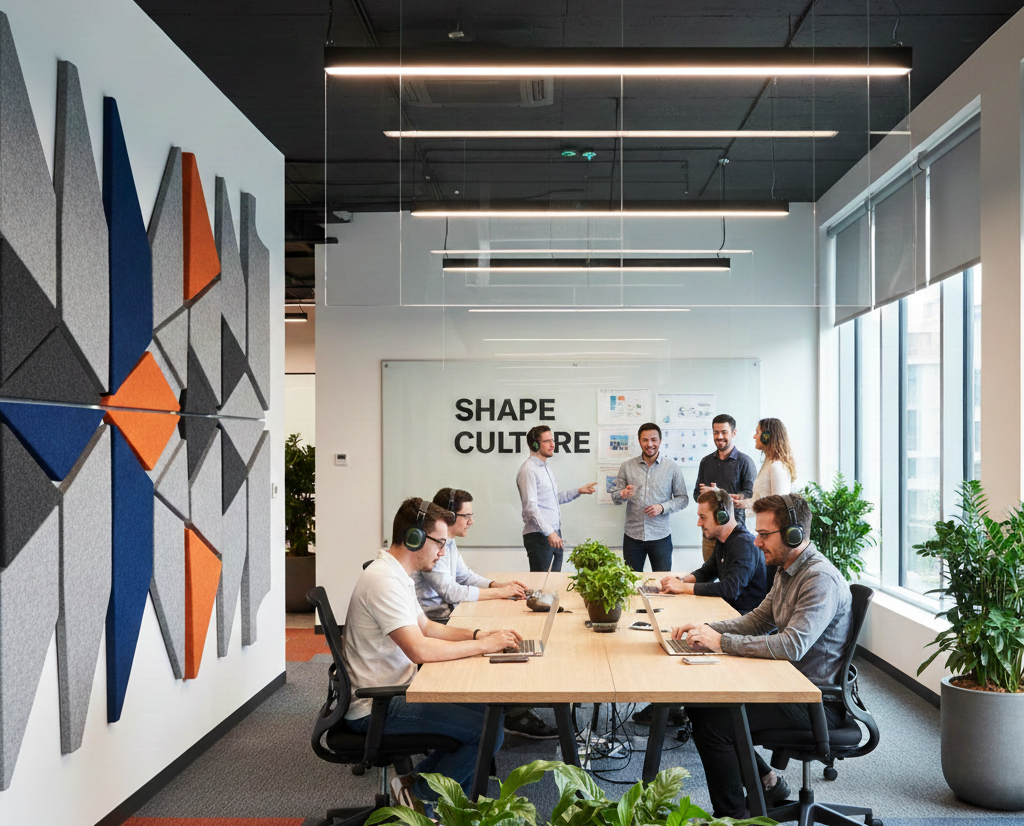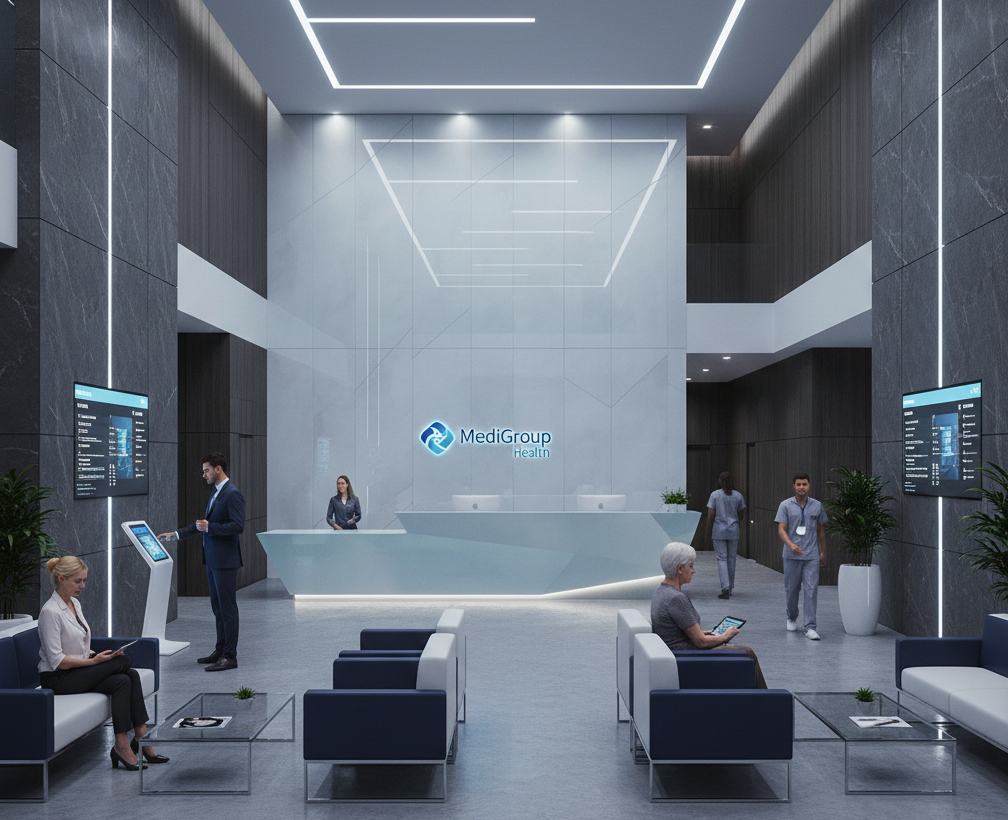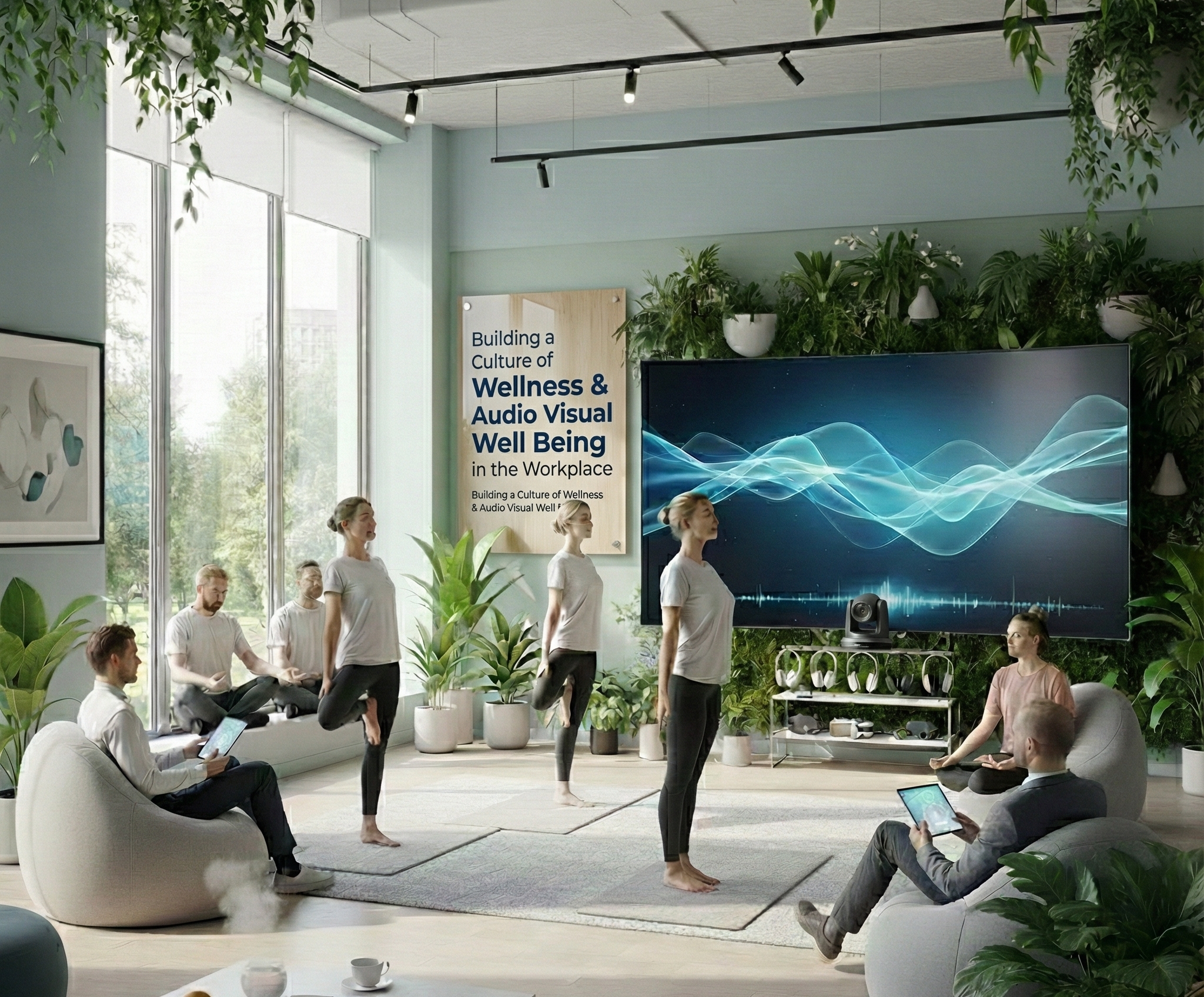The office landscape has undergone a seismic shift. Pre-pandemic, remote work was a niche perk, hovering around 4% of US jobs. Fast forward to 2025, and remote opportunities now make up over 15% of the total US job market. Fueling this trend is undeniable employee preference: 74% report feeling happier working remotely, and a staggering 50% would take a pay cut to retain that flexibility. Businesses aren’t blind to the benefits either; Harvard and Stanford research indicates the average company saves $11,000 annually per employee with hybrid models.
Yet, this dispersed work model presents a critical challenge: fostering a genuine sense of belonging, connection, and inclusion when teams are physically fragmented. Feeling like a valued, integral part of the team is fundamental to employee engagement, loyalty, and productivity. Enter an often underestimated hero: Audio-Visual (AV) design. It’s no longer just about having a screen and a microphone; inclusive AV setups are the bedrock upon which psychological safety and belonging are built in the hybrid era.
The High Cost of Exclusion in Hybrid Meetings
Picture this common hybrid scenario: a meeting room houses several in-office participants. Remote team members join via video conferencing. But the employee experience is fraught:
- The Forgotten Mute Button: Background noise – colleagues chatting nearby (a distraction reported by 38%), someone eating lunch (21%), or even humming (19%) – floods the call, drowning out the remote speaker.
- The Pixelated Puzzle: Inadequate camera positioning or low resolution can make it difficult for remote participants to see facial expressions or interpret body language, leading to a sense of invisibility.
- The Echo Chamber: Poor acoustics can cause voices to sound echoey or tinny, which makes it tough and exhausting to follow the conversation.
- The Unintentional Exclusion: A key document is shared on the room’s main screen but not digitally, leaving remote attendees completely out of the loop.
The result? Remote participants feel like second-class citizens – unheard, unseen, and disconnected. This isn’t just frustrating; it actively erodes their sense of belonging and value within the team. When 79% of employees say they’d be more loyal with more flexibility, failing to deliver an inclusive experience within that flexibility is a dangerous oversight.
How Inclusive AV Design Cultivates Belonging: Seeing, Hearing, and Being Heard
Intentional AV design specifically tackles these challenges, ensuring fair experiences where every participant, regardless of their location, feels seen, heard, and appreciated.
- Visibility: Ensuring Everyone is Seen (Literally and Figuratively):
- High-Quality, Strategically Placed Cameras: Wide-angle room cameras that capture all in-room participants clearly. Individual webcams for high-quality close-ups. Auto-framing technology keeps speakers in view.
- Content Sharing Parity: Seamless wireless presentation systems (like AirServer or Crestron Flex) allow anyone, in-room or remote, to share their screen instantly and clearly onto the main display and the video conferencing platform. No one is left out of the visual conversation.
- Digital Whiteboarding & Collaboration Tools: Platforms like Miro, Mural, or integrated solutions (e.g., Microsoft Surface Hub, Samsung Flip) enable real-time, visual collaboration where all contributions are equally visible and valued.
- Acoustics: Creating Audible Clarity for All:
- The Silent Crisis: Oscar Acoustics’ research paints a distinct picture: only 8% work in a quiet office, and just a quarter are in a space well-designed for their job.
- Noise Mitigation is Key: In hybrid meetings, uncontrolled noise isn’t just annoying; it’s exclusionary. 34% cite other people on calls as disruptive. Solutions include:
- Advanced Microphones: Beamforming microphones focus precisely on active speakers, rejecting ambient noise.
- Sound Masking & Acoustic Treatment: Strategically placed acoustic panels, baffles, and sound masking systems (emitting subtle, non-distracting background sound) absorb echoes and reduce disruptive noises. This creates a calmer environment for in-office staff and clearer audio for remotes.
- Speaker Tracking: Systems that automatically switch camera focus to the active speaker, synced with microphone pickup, make following conversations intuitive for remote participants.
- The Human Cost: Poor acoustics fray relationships, leading to snapping at colleagues (17%), grievances (16%), and even passive-aggressive notes (11%). On the other hand, effective AV acoustics promote more peaceful and respectful communication.
- Accessibility: Designing for Equity from the Ground Up:
- Beyond Compliance, Towards Inclusion: Accessibility isn’t a checkbox; it’s fundamental to belonging. With 1 in 4 people in the US living with a disability, inclusive design ensures everyone can participate fully and equally.
- Integrating Digital & Physical Accessibility:
- Captioning & Transcription: Real-time, high-accuracy captioning on all video calls is essential for deaf or hard-of-hearing employees and beneficial for non-native speakers or noisy environments.
- Hearing Loop Integration: Direct audio feed for hearing aid users.
- Screen Reader Compatibility: Ensure all collaboration software and control interfaces are compatible with screen readers (JAWS, NVDA).
- WCAG Compliance: Adherence to WCAG 2.2 Level AA standards for any digital interfaces or content shared via AV systems isn’t just best practice – it’s a legal requirement (ADA, EAA, AODA) and prevents costly lawsuits.
- Physical Access: Consider microphone reach, screen visibility from seated positions, and ease of use for room control systems (touch panels, apps).
The ROI of Belonging: Loyalty, Productivity, and Well-being
Investing in inclusive AV design pays dividends far beyond smoother meetings:
- Enhanced Loyalty: Remember, 79% of employees report greater loyalty with flexibility. Inclusive AV makes that flexibility actually work, showing employees they are valued members of the team, no matter where they log in.
- Boosted Productivity: Reducing acoustic distractions (40% impacted concentration) and meeting friction frees up cognitive load for actual work. Clear communication prevents costly misunderstandings and rework.
- Improved Well-being & Reduced Stress: By minimizing noise-induced stress (25%) and exclusion-related frustration, a calmer, more positive workplace is produced.
- Stronger Collaboration & Innovation: Better problem-solving and creativity result from more cooperation and innovation; different points of view thrive when everyone feels free to share and is genuinely heard.
- Attracting & Retaining Talent: An inclusive, well-designed hybrid work reputation is a strong magnet in the present cutthroat talent market.
Conclusion
The hybrid office is here to stay, driven by employee demand and business benefits. As much as it is the demand of the employee and the reward to the organization, it’s also a success-inducing factor in creating that culture, where belonging or opportunity does not stem from physical location. Thoughtful, inclusive AV design is not an extravagance; it’s the critical infrastructure that bridges the physical and digital divide. By prioritizing visibility, crystal-clear acoustics, and robust accessibility in your AV solutions, you send a powerful message: “You belong here. You are seen. You are heard. You are valued.”
Resurgent AV Solutions specializes in designing and deploying corporate AV solutions that transcend physical space and link people across geographical barriers.
Our solutions empower your teams to:
- Connect Seamlessly: Collaborate effortlessly, whether across the room or across continents.
- Increase Impact & Inclusivity: Foster truly inclusive meetings where every voice matters and is heard clearly.
- Improve Customer Interactions: Make the right impression with flawless, professional AV at every touchpoint.
Don’t let poor AV design be the barrier to belonging and productivity in your hybrid future. Connect with Resurgent AV Solutions today for a consultation.
FAQs
1. What problems do poor AV setups cause in hybrid meetings?
They lead to issues like background noise, unclear video, and unequal content sharing, making remote participants feel excluded.
2. How can better AV actually help remote employees feel more “seen”?
Think clearer cameras, easy ways for everyone to share their screen, and even digital whiteboards so everyone’s ideas are visible.
3. How can I get help upgrading my office’s AV for better inclusion?
Contact Resurgent AV Solutions for a consultation to design effective, inclusive AV systems.



